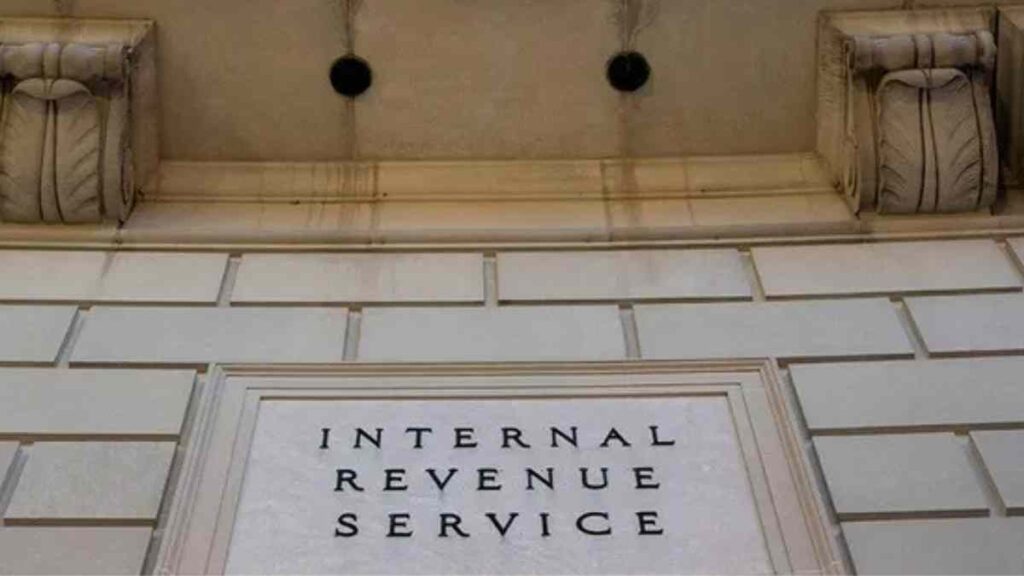In the past year, IRS penalties imposed on American taxpayers have soared. In 2023, Americans faced fines totaling $7 billion, marking an almost 300% increase compared to the previous year.
This unprecedented growth has raised concerns among many taxpayers, particularly freelancers and gig economy workers. Most of these penalties were levied on those who failed to pay their estimated quarterly taxes correctly.
| Important links |
|---|
| Food Stamps |
| PAYMENTS |
| stimulus checks |
| SSDI |
Who Were the Most Affected by IRS Penalties?
The hardest hit were freelancers, gig workers, and others who are self-employed. According to IRS data, the average penalty for estimated taxes jumped from $150 in the fiscal year 2022 to $500 in 2023.
The significant rise in fines is mainly due to a change in the IRS’s penalty rate. Starting in October, the penalty for those who either fail to make accurate and timely payments or do not pay their estimated taxes at all was raised to 8%. This figure is nearly triple the previous rate of 3%.
This increase in the penalty rate is directly linked to the Federal Reserve’s adjustment policy. Last year, the Federal Reserve raised interest rates to their highest level since 2001, which has had multiple side effects, including the increase in IRS penalties. The IRS calculates its penalty for non-payment by taking the federal funds rate and adding 3 percentage points.
Payment Options for Workers
Workers have several options to meet their tax obligations. They can choose to withhold taxes directly from their income or make estimated payments to the IRS four times a year.
It’s also possible to combine both options. This flexibility is particularly useful for those whose income comes from self-employment, investments, or the gig economy, where there is no automatic tax withholding.
Tips to Avoid Penalties
The IRS has noted an increase in the number of taxpayers subject to estimated tax penalties, which can amount to several hundred dollars. To avoid these penalties, it’s crucial for taxpayers to ensure they pay at least 90% of their taxes owed during the year.
Experts recommend that if you can’t make the full payment, pay as much as you can before the deadline. This can help reduce the potential penalty instead of waiting to pay the full tax bill later.
Important Deadlines for Quarterly Payments
If a taxpayer misses a required quarterly payment deadline, they could face a penalty down the line. For instance, estimated payments for the second quarter were due on Monday, June 17, and the third quarter payments are due on September 16.
Making a payment before the first quarter deadline on April 15 can help reduce any financial penalty and, in some cases, eliminate it entirely.
The IRS offers various tools to make quarterly payments easier. The fastest way to make a payment is electronically using a tool called Direct Pay.
This option allows taxpayers to schedule their payments in advance, providing greater peace of mind and ensuring payments are made on time.
Freelancers and gig economy workers are the most affected by these changes in IRS penalties. Since they don’t have automatic tax withholding on their income, they must be especially diligent in making their estimated quarterly payments.
This group includes independent contractors, freelancers, small business owners, and property owners generating rental income.
Strategies for Managing Tax Payments
To better manage their tax obligations, self-employed workers should engage in careful financial planning. This includes setting aside a portion of their monthly income to cover estimated taxes and using accounting tools to track their tax obligations. Additionally, consulting a tax advisor can be very beneficial for understanding tax implications and avoiding potential penalties.
The significant increase in IRS penalties in 2023 underscores the importance of staying on top of tax obligations, especially for freelancers and gig economy workers.
With proper planning and the use of electronic tools like Direct Pay, taxpayers can avoid costly penalties and manage their taxes more efficiently. Staying informed about deadlines and current penalty rates is crucial to avoid unpleasant surprises and ensure compliance with the IRS.
Maintaining an organized system for tracking income and expenses can also help in making accurate estimated tax payments. Using accounting software or hiring a professional accountant can simplify this process. By doing so, self-employed individuals can ensure that they are setting aside the correct amount for taxes and making timely payments.
Moreover, understanding the tax code and any changes that occur each year is vital. Tax laws can be complex, and what applied in one year might not be the same in the next. Continuous education or consultation with a tax professional can keep you updated and compliant.



